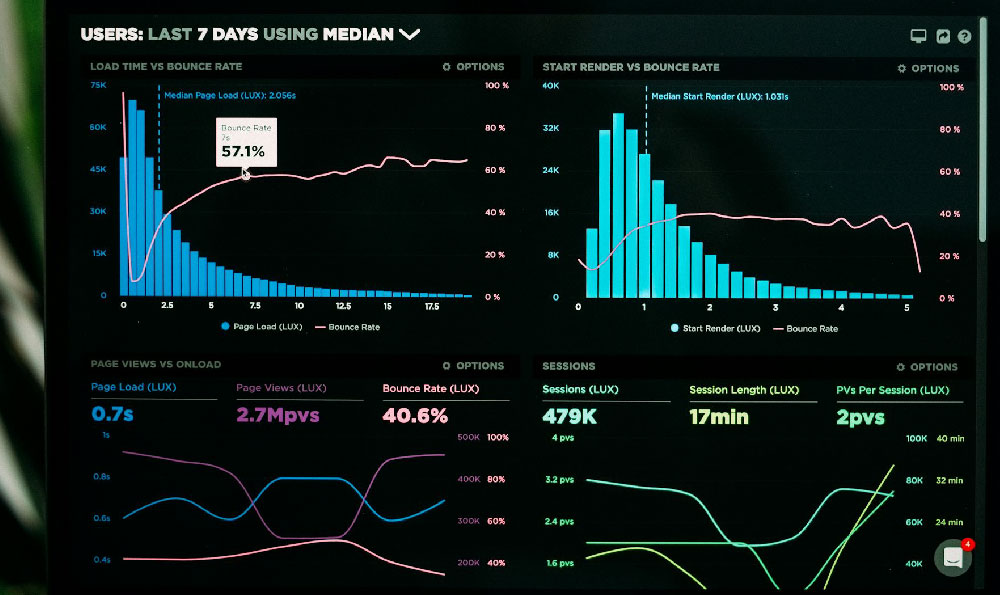Temporary staffing agencies operate as intermediaries, connecting businesses with temporary workers to fill short-term needs, project-based roles, or to cover employee absences. Their profitability hinges on effectively managing the supply and demand of labor and extracting value from the placement process. The core of their business model relies on understanding the various ways they generate revenue and control their costs. Let's delve into how they make money.
The primary revenue stream for a temporary staffing agency is the markup they apply to the hourly rate of the temporary worker. Clients pay the agency an agreed-upon hourly rate for the temporary worker's services. This rate covers the worker's wages, payroll taxes, worker's compensation insurance, and the agency's profit margin. The agency negotiates a rate with the client based on the required skills, experience, and market conditions. A crucial aspect here is that the client is essentially paying a premium for the convenience of accessing pre-screened, qualified workers without the burden of direct employment responsibilities. The agency's profit is directly tied to the difference between what they bill the client and what they pay the temporary worker, after covering all associated expenses.
The markup percentage can vary significantly depending on several factors. Highly skilled or specialized roles will command higher markups due to the scarcity of qualified candidates. Industries with stringent regulatory requirements or high levels of risk, such as healthcare or construction, also tend to have higher markups to account for increased screening, training, and insurance costs. Geographic location also plays a role, as labor market conditions and cost of living differ across regions. An agency operating in a highly competitive market with a readily available pool of temporary workers might have lower markups compared to an agency operating in a niche market with limited talent. The duration of the assignment is another factor; longer assignments might warrant lower markups due to the stability and reduced administrative burden. The size of the client company and the volume of temporary workers they require can also influence the markup rate; larger clients often negotiate more favorable terms.

Beyond the basic markup, some temporary staffing agencies explore other avenues for revenue generation. One common practice is offering value-added services to clients. These services might include skills assessments, background checks, drug screenings, and specialized training programs. While these services involve additional costs for the agency, they can be bundled into the overall placement fee or offered as separate billable items. They enhance the value proposition for the client and justify a higher overall price point. For example, an agency specializing in IT placements might offer certifications or technical training to ensure that temporary workers possess the required skills. A healthcare staffing agency might provide compliance training related to HIPAA regulations or patient safety protocols.
Another potential revenue stream involves temp-to-hire arrangements. In these arrangements, a temporary worker is placed with a client with the understanding that they may be hired permanently after a probationary period. If the client hires the temporary worker, the agency typically receives a placement fee, which is often calculated as a percentage of the employee's annual salary. This can be a significant source of revenue, especially for agencies that focus on placing highly skilled professionals. Temp-to-hire arrangements benefit both the client and the worker, allowing the client to assess the worker's suitability before making a permanent commitment, and providing the worker with an opportunity to prove their value and secure a permanent position.
Furthermore, some agencies venture into payroll services for businesses. These services are typically offered to businesses that want to utilize independent contractors or freelancers but prefer to outsource the administrative burden of payroll processing, tax compliance, and benefits administration. The agency acts as the employer of record, handling all the necessary paperwork and ensuring compliance with labor laws. This generates revenue through service fees and allows the agency to expand its service offerings beyond just temporary staffing.
To maximize profitability, temporary staffing agencies must focus on cost management and operational efficiency. Recruitment costs are a significant expense, including advertising, job board postings, recruiter salaries, and screening processes. Agencies need to invest in effective recruitment strategies that attract qualified candidates while minimizing costs. Leveraging online platforms, social media, and referral programs can help reduce recruitment expenses. Administrative costs include rent, utilities, software subscriptions, and employee salaries. Streamlining processes, automating tasks, and investing in technology can improve efficiency and reduce administrative overhead. Insurance costs, including worker's compensation and liability insurance, are another major expense. Implementing safety programs and proactively managing risk can help reduce insurance premiums.
A crucial aspect of profitability is maintaining a strong candidate pool. Agencies need to proactively recruit and build relationships with qualified candidates in their target industries. This involves ongoing recruitment efforts, skills assessments, and networking activities. A strong candidate pool allows the agency to quickly fill client requests and reduces the time and expense associated with recruiting for each individual assignment. Building strong relationships with candidates also increases loyalty and reduces turnover, leading to a more stable and reliable workforce.
Effective sales and marketing are also essential for driving revenue growth. Agencies need to actively market their services to potential clients and build strong relationships with existing clients. This involves targeted marketing campaigns, industry networking, and proactive communication with clients. Understanding client needs and providing exceptional service are crucial for retaining clients and securing repeat business.
In conclusion, the profitability of temporary staffing agencies relies on a multifaceted approach, with the markup on temporary worker wages being the primary driver. Diversifying revenue streams through value-added services, temp-to-hire arrangements, and payroll services can further enhance profitability. However, effective cost management, a strong candidate pool, and proactive sales and marketing are equally crucial for success in this competitive industry. Ultimately, the most successful temporary staffing agencies are those that can provide exceptional service to both clients and temporary workers, while maintaining a focus on operational efficiency and financial discipline.












